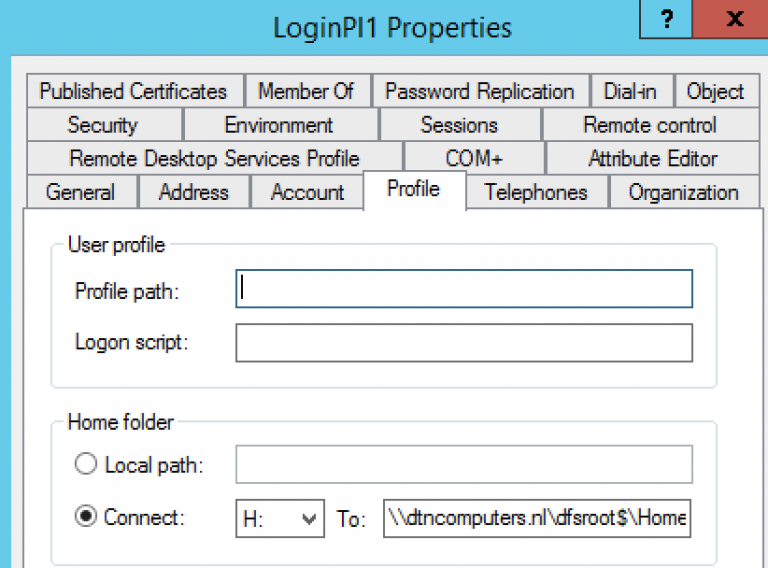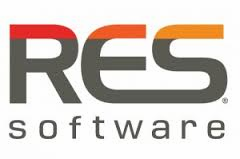

There is often a task that you might want to automate or at the very least make it a bit easier. # File example03.While the current RES ONE Workspace management console is very feature rich, there is always room for improvement.
#RES ONE WORKSPACE CODE#
$ApplicationAppID = $ApplicationXML.appidĪnd this code also works if there is only one application in the XML file defined: # = Write-Host "The building block contains a linked action and the application contains a linked action." Write-Host "CONDITION: The building block does not contain any linked stuff." # Read the details and write them to the host. $Condition2 = ($BuildingBlockContainsLinkedStuff -and $ApplicationContainsLinkedActions) $Condition1 = (-not $BuildingBlockContainsLinkedStuff) $ApplicationContainsLinkedActions = $true $ApplicationContainsLinkedActions = $false In that case only read the details for the linked application. # Check if there is a linked application mentioned in this applicaton block. $ApplicationXML = $.Item($ApplicationCounter) # If there are more applications the use $.Item(x) Write-Host "There are $numApplications applications defined in the building block XML."įor($ApplicationCounter = 0 $ApplicationCounter -lt $numApplications $ApplicationCounter++) $BuildingBlockContainsLinkedStuff = $true If($.powerlaunch.linked_actions.linked_to_application) $BuildingBlockContainsLinkedStuff = $false # Find the number of applications that are defined in the building block xml file. # File example04.ps1: 2 applications in the building block (extended example) So only the data from the application block with linked_actions should be used. The 'main' application has the following XML data added: It appears that the XML data .title and is added together. Microsoft Edge - Application with linked action

$BuildingBlockDetails = basic arithmetic tasks with an on-screen calculator.

# File example02.ps1: Example linked application and wrong format. The same script, but with modified building block data: # = So the settings/actions from the linked application are used. An Ivanti application can have linked applications. $ApplicationAppID = $.appidĪnd now the challenge. $ApplicationTitle = $.configuration.title # Read the title and appid and write them to the host. # File example01.ps1: Example with 1 application. With PowerShell this is easy to read (example 1): # =

The most important step is to export all the application building blocks to a folder:Īn Ivanti Building Block has the following layout (very simplified!): Ĭ:\Program Files (x86)\Microsoft\Edge\Application\msedge.exeĬ:\Program Files (x86)\Microsoft\Edge\Application Also, the function Get-XMLDetailsForWorkspaces has been updated to support multiple applications in one building block with no linked applications. New in v0.5 is the extension of the parameter LookFor with Locations and Containers. You can easily view it with Google Chrome, Microsoft Edge or Mozilla Firefox. The content will be saved as an HTML file. New in v0.4 is the command line option -SaveAsHTMLPage. In this article, I will share the challenges I had and the solution. I wrote a PowerShell script to do that job for me. Useful for further analysis, and checking for consistency. In some cases, it might be useful to have the Ivanti Workspace Control application building block data exported to a CSV file.


 0 kommentar(er)
0 kommentar(er)
